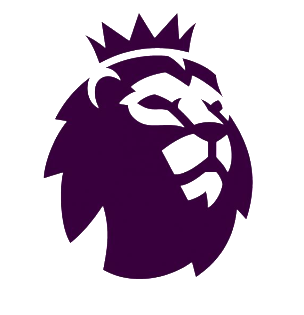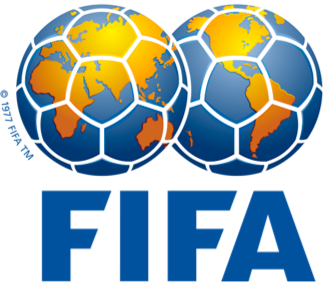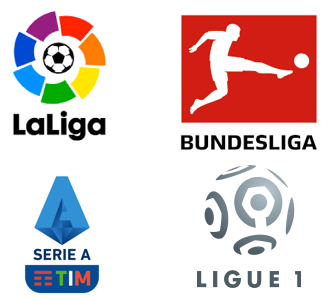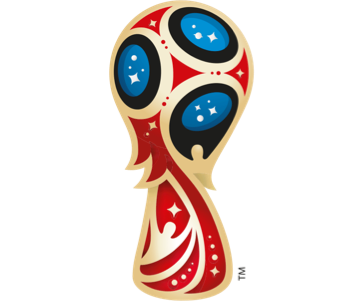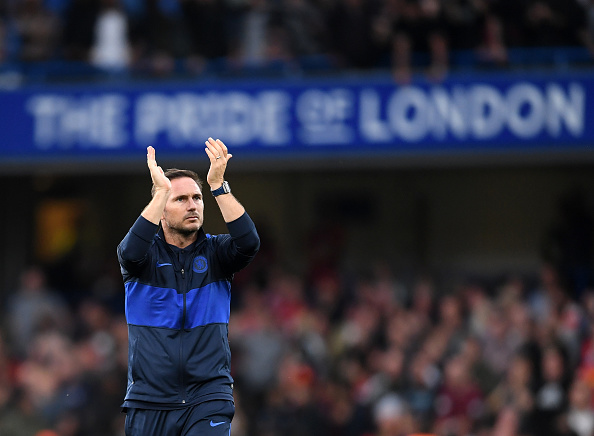
Chelsea’s 2-1 defeat to Liverpool on Sunday clearly displayed the difference in experience and squad cohesiveness between Frank Lampard’s fledgling squad and Jurgen Klopp’s fine-tuned team.
Liverpool’s performance, though not perfect, showed how they can weather an offensive onslaught while being clinical with the chances they are given. Though the Reds are fondly known as the club that can open up a game at the drop of a hat, since last season they’ve proven their ability to close off space in dangerous areas and protect slim leads.
Liverpool — a club that is now seeing its years of on- and off-field development bear fruit — are obviously in a class of their own, one that only the very best in Europe can match. It’s a place Chelsea hopes to be at one day. The Blues’ dynamic attacking, situational pressing philosophy resembles Liverpool’s. As such, the early stages of Lampard’s Chelsea is looking a lot like Liverpool did when Klopp took over in October 2015: fast, expansive football at the expense of defensive solidity.
What that 2015-16 Liverpool team didn’t possess, however, was Chelsea’s academy core. Lampard has already made four of those academy kids established fixtures of his starting XI. Thus far, the youngsters have been delivering. Tammy Abraham and Mason Mount have been Chelsea’s biggest attacking threats, with seven and three goals, respectively. Those two, along with center back Fikayo Tomori, are the Blues highest rated players on WhoScored.com. The fourth academy player in question, Andreas Christensen, has looked wobbly at times in central defense, but has done enough to warrant his place in the starting lineup.
By season’s end, Chelsea realistically could have seven academy products in their XI. Callum Hudson-Odoi is just about fully recovered from his achilles injury suffered back in April and might get minutes Wednesday against Grimsby Town; Reece James is currently playing with the U23s as he continues to work back from an ankle injury; and Ruben Loftus-Cheek could return as early as November from his ruptured achilles suffered back in May. The fact that such an academy presence is even a possibility for Chelsea in the Abramovich Era is unprecedented.
Though the two-window transfer ban pushed the club to lean on youth more, to say it’s responsible for these academy breakthroughs is misguided. Hudson-Odoi and Loftus-Cheek were already vital players for Maurizio Sarri toward the end of last season, after all (Christensen had been in the rotation as well, albeit to a lesser degree). Additionally, Eden Hazard’s departure and Chelsea’s well-documented issues at striker had the club looking for options in attack. Even if Chelsea could buy players this past offseason, why test your luck again in the transfer market for a new striker when you can instead pay nothing and give Abraham a shot? In that same vein, Lampard had a large enough sample size of Mount and Tomori’s performances when he managed Derby to know that they could provide something at Chelsea this season.
As we have seen over the past several months, Chelsea already have a structure in place that can lead to longterm success. However, there’s still one operative ingredient the Blues will need before they take that next step: time. Given Lampard’s legendary status at the club and his relationship with the fans, he probably will be afforded that grace period (something that Sarri never got, but that’s a point for another day). Right now, it’s all about Lampard using this settling period to experiment with his squad and tactics in order to find the best formula for winning games. That’s what games like the upcoming Carabao Cup match on Wednesday should be used for.
Klopp said this Chelsea squad reminds him of that young German core he used to have when he managed Borussia Dortmund. That’s true; it’s also apparent that Chelsea plays a lot like Klopp’s early Liverpool teams. But only time will tell if Lampard will reach those same heights the German is enjoying now.

